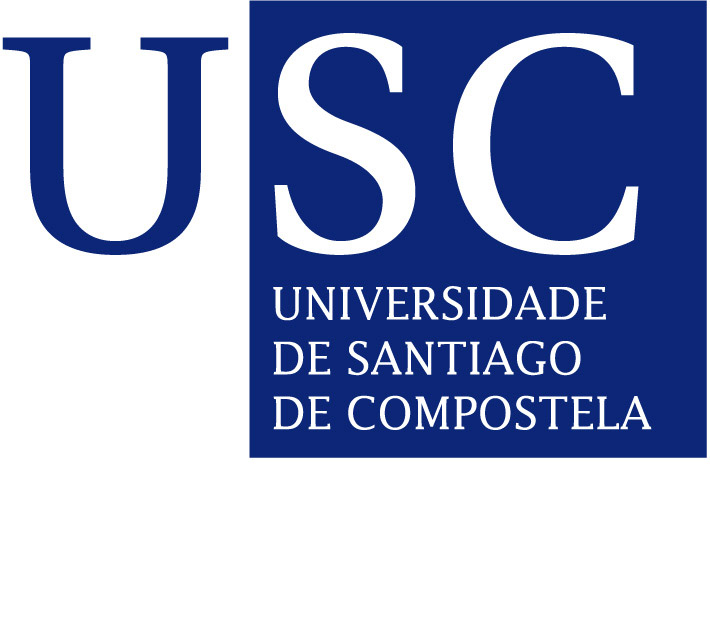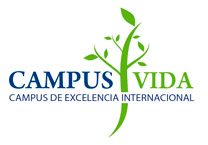Lecture: 'Metal-catalyzed C-H Bond Activation and Oxidation Reactions towards Bioactive Quinoidal Systems: The Special Case of A-ring Functionalization'

CiQUS Seminar Room
12:45h
Eufrânio N. da Silva’s group has developed practical methods for design, synthesize and optimize new heterocyclic compounds with a broad range of biological applications. In this context, they revealed the synthesis and biological evaluations (e.g. bioimaging, cellular uptake and dynamics in living cells) of new fluorescent heterocyclic compounds, which have allowed visualizing the whole endocytic pathway and selective cellular staining of lipid-based structures, that is, lipid inclusions in the cytosol. In addition, modular synthesis via organocatalysis of diverse naphthoquinones and selenium-containing quinone-based triazoles possessing two redox centres, with trypanocidal and antitumor activities were recently described by his group.
This lecture will present a combination of strategies in Medicinal Chemistry and synthetic methodologies, as for instance, transition metal catalysed C-H activation for the synthesis of bioactive compounds and combination of aryl diselenides/hydrogen peroxide and carbon nanotube/rhodium nanohybrids for naphthol oxidation and preparation of trypanocidal quinones. The development of reactions that produces in a single step highly antitumor and trypanocidal naphthoquinoidal compounds will be presented, along with recently developed iodination, oxygenation and thiolation processes. Strategies and reactions to prepare fluorescent compounds used to monitor enzymatic processes will also be briefly discussed.


